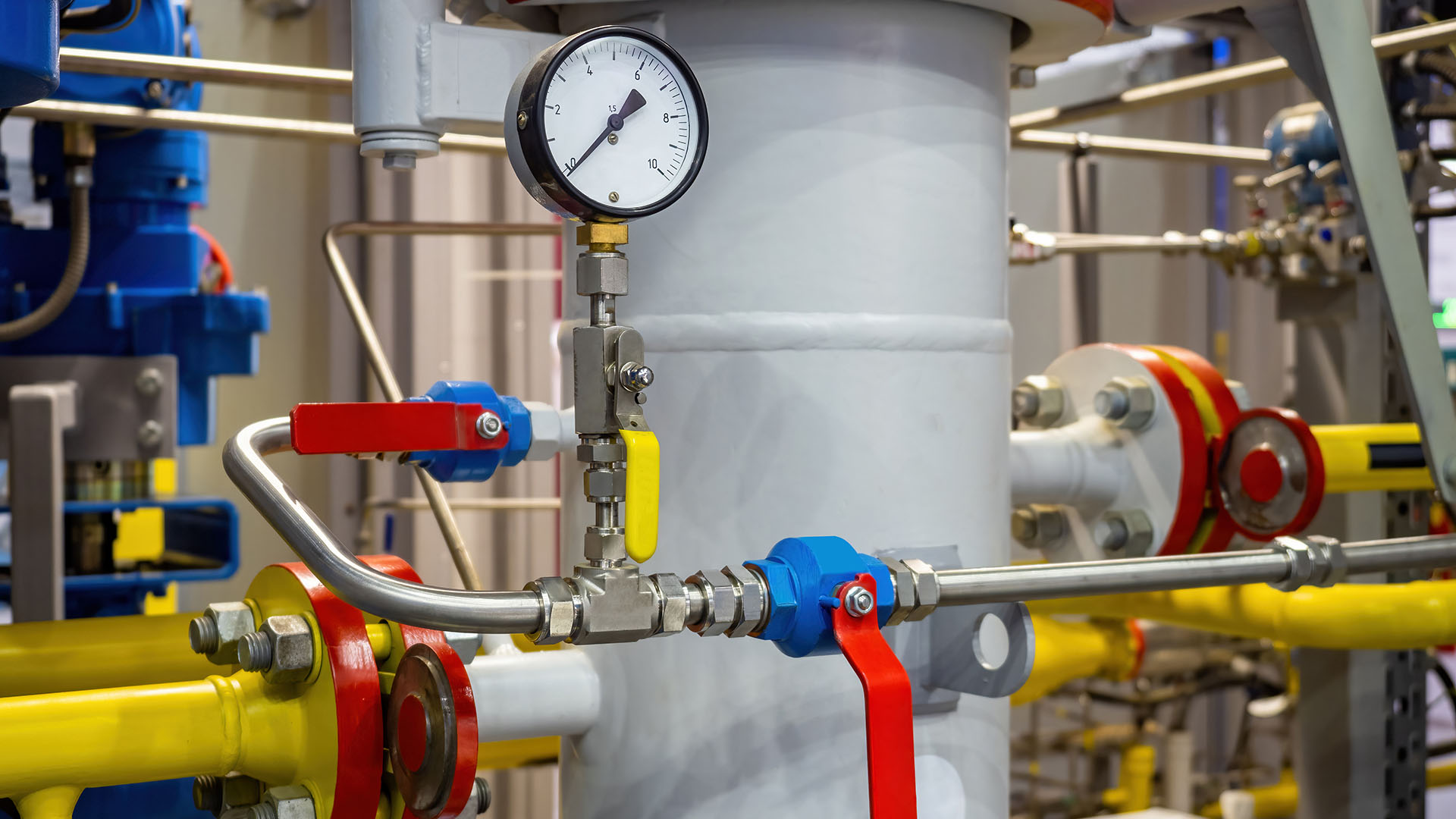You'll uncover that calibration isn't practically inspecting fast calibration company near me if your equipment works-- it has to do with ensuring every measurement you make can be relied on. Most professionals think they recognize the procedure, however they're missing out on critical actions that might revoke their results. Whether you're working with precision instruments in a lab or industrial equipment on a, the distinction in between proper calibration and uncertainty determines whether your data holds up under examination. The risks are more than you realize.Pre-Calibration Planning
and Equipment Analysis Before your equipment also gets in the calibration lab, technicians need to thoroughly assess its present condition and calibration requirements. This pre-calibration preparation ensures your calibration services satisfy certain accuracy standards and measurement needs.During equipment analysis, technicians analyze your tool's documentation , previous calibration documents, and current performance metrics. They'll determine which standards and testing treatments are necessary to develop proper traceability. This assessment figures out the appropriate measurement ranges, environmental problems, and recommendation standards required for your equipment.The analysis also reveals potential issues that can influence calibration results. Technicians look for damages, wear, or drift that might jeopardize accuracy.They'll validate your equipment's specifications versus readily available calibration capabilities, making certain reliable outcomes that satisfy your quality requirements and regulatory compliance needs.Environmental Conditions and Arrangement Requirements As soon as your equipment gets in the calibration lab, technicians should develop precise ecological problems that straight impact measurement accuracy. Temperature, humidity, and resonance degrees need to meet stringent specs detailed in ISO IEC accredited calibration procedures.You'll discover that arrangement requirements differ relying on your instruments' sensitivity and the standards being made use of for comparison.Environmental conditions aren't simply suggestions-- they're vital aspects that affect precision throughout the whole process. Calibration services preserve controlled ambiences where temperature changes stay within tenths of levels, and humidity continues to be stable.Your measurement results depend on these conditions since even minor variants can introduce mistakes that endanger accuracy.Proper setup requirements ensure that both your instruments and referral standards operate within their specified criteria, preserving the integrity vital for reliable metrology results.Standard Recommendation Selection and Measurement Comparison After ecological conditions are developed, technicians choose reference standards that have accuracy degrees dramatically more than your equipment under test. This standard referral option forms the structure of reliable calibration services.The laboratory makes use of traceable standards that maintain direct web links to nationwide measurement institutes, guaranteeing your test equipment gets accurate measurements.During measurement contrast, technicians methodically assess your instrument's analyses against these referral standards throughout multiple measurement factors. This ISO recognized calibration process reveals any type of inconsistencies in between your equipment's output and the well-known recommendation values.Quality assurance methods call for documenting these comparisons carefully, producing a thorough document of your instrument's performance. The measurement comparison data figures out whether your equipment fulfills defined tolerances or needs modifications to bring back ideal accuracy.Adjustment Procedures and Variance Adjustments When measurement comparisons expose variances beyond appropriate resistances, technicians do precise modification procedures to restore your instrument's accuracy. These calibration improvements entail methodical actions that straighten your equipment's analyses with traceable recommendation standards.During change treatments, technicians make physical or electronic adjustments to get rid of measurement errors. They'll readjust interior components, rectify sensing units, or modify software criteria to achieve compliance with requirements. Each discrepancy modification is recorded, developing a thorough record of modifications made to your instrument.Professional calibration services make certain these modifications preserve measurement stability while protecting yourinstrument's functionality. Technicians verify that modifications do not present new mistakes by carrying out follow-up measurements.This precise method guarantees your instrument supplies accurate, reliable outcomes that meet industry standards and governing requirements.Verification Testing and Documentation Procedure Complying with effective modification procedures, your instrument undertakes comprehensive confirmation testing to confirm it meets all defined efficiency criteria.This vital phase involves running numerous test cycles using licensed recommendation standards to validate your equipment's accuracy throughout its entire operating range.The testing protocol records every measurement factor, contrasting real readings against known referral worths. Your calibration services provider records all data methodically, creating a traceable record of performance verification. This paperwork enters into your instrument's long-term calibration history.During confirmation, technicians examine repeatability, linearity, and drift features. If your equipment passes all tests, it receives accreditation verifying compliance with appropriate standards.This extensive procedure ensures your instrument delivers reliable, accurate measurements vital for quality control and governing compliance in your operations.Conclusion You have actually now grasped the necessary steps that'll ensure your calibration procedure provides reliable outcomes.
By following proper preparation, preserving regulated settings, picking suitable standards, making necessary changes, and documenting every little thing thoroughly, you're
guaranteeing measurement accuracy and conformity. Do not skip any type of stage-- each action builds on the previous one to produce a robust calibration framework. Your focus to information throughout

this procedure straight impacts the stability of your measurements and equipment performance.